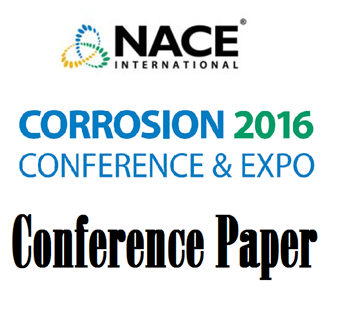Search
Products tagged with 'pressurized atlas cell'
View as
Sort by
Display
per page
51316-7312-Changes in Test Methodology to Reflect the Changes Within the Oil and Gas Linings Market
Product Number:
51316-7312-SG
ISBN:
7312 2016 CP
Publication Date:
2016
$20.00
Trends in Tank Lining Test Methodology for Oil and Gas Service
Product Number:
41216-972-SG
Publication Date:
2016
$20.00



